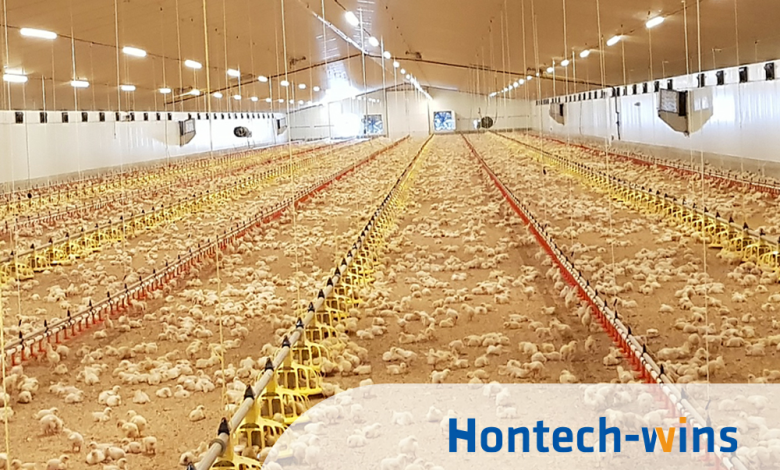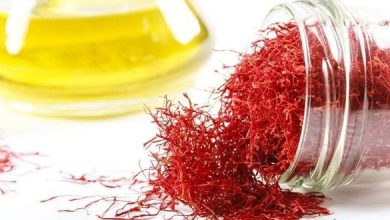A Brief Introduction To Poultry Lighting

You probably have noticed that our poultry house is bright and welcoming during the day, with ample light. But what happens at night? Our poultry houses close their doors for the night at 10 pm. Without enough lights to adequately illuminate the chicken house at night, your chickens will be susceptible to predation and more stressed in their remaining hours of darkness.
A Brief Introduction to Poultry Lighting
Poultry growers need to consider a variety of lighting options when it comes to raising poultry. A brief introduction to poultry lighting will help you make the best choices for your chickens.
How to Properly Light Your Chicken Coop
There are a few key things to keep in mind regarding poultry lighting.
Some factors you’ll want to consider include the type of poultry you have, the time of year, and the amount of light your birds will be exposed to.
The main types of lighting used for poultry are natural daylight, fluorescent light, and LED lighting.
Natural daylight is the best option if you can provide enough bird exposure. It’s free and provides the most natural light possible. Fluorescent lights are good for smaller coops that don’t need a lot of light and are easy to install. LED lights offer many benefits, including longer life spans, reduced energy costs, and minimal heat output.
Conclusion
Hontech Wins Poultry lighting is an important part of keeping your birds healthy and productive. By understanding the different types of poultry lighting and how they impact your flock, you can make informed decisions about the best care for your poultry. This brief introduction will give you a basic understanding of poultry lighting and tips on choosing the right type for your needs. Armed with this knowledge, you can start improving your flock’s health and welfare today!





